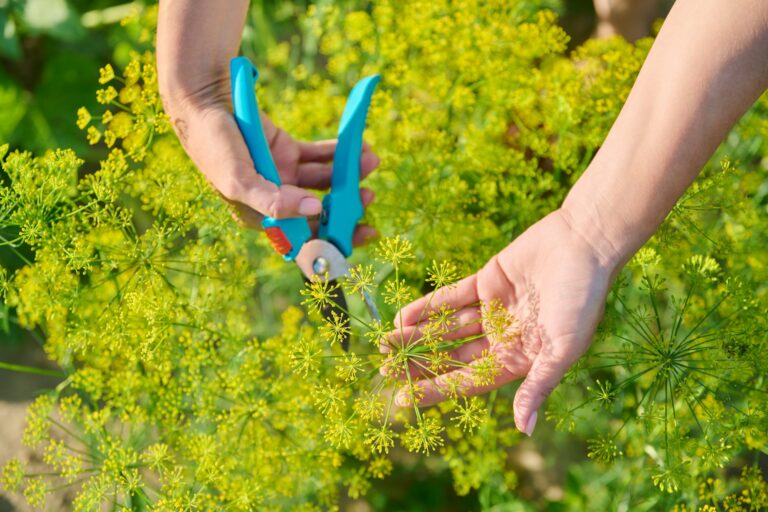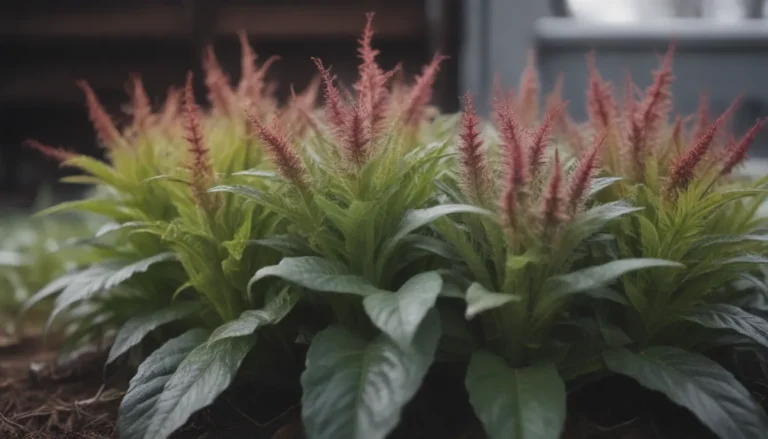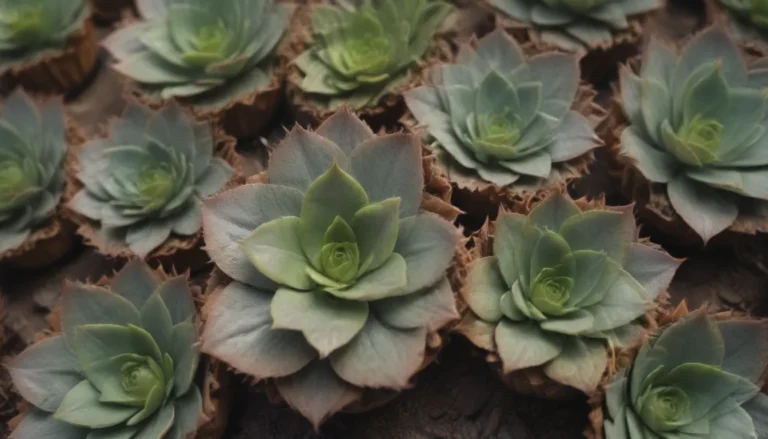The Ultimate Guide to Growing and Caring for Lisianthus (Prairie Gentian)

Are you looking to add a touch of elegance to your garden or floral arrangements? Look no further than Lisianthus, also known as Prairie Gentian. These beautiful flowers are not only stunning in appearance but are also highly sought after for bridal bouquets and special occasion arrangements. In this comprehensive guide, we will explore everything you need to know about growing and caring for Lisianthus to ensure they thrive in your garden.
Introduction to Lisianthus
Lisianthus, scientifically known as Eustoma spp., are tender perennials or biennials that are often grown as annuals. Native to regions ranging from northern Mexico to Colorado and Nebraska, these plants can grow to be 1 to 3 feet tall, producing bell-shaped flowers in white, pink, purple, cream, and other colors. Their dark green foliage is lance-shaped and slightly fleshy in texture, adding to their visual appeal.
Lisianthus Care Tips
Growing Lisianthus can be a rewarding but somewhat finicky experience. To help you successfully cultivate these beautiful flowers, here are some essential care tips:
- Light: Plant Lisianthus in full sun, ensuring they receive six to eight hours of sunlight daily. In hotter climates, a bit of afternoon shade can be beneficial, but consistent light exposure is key for optimal flower and foliage growth.
- Soil: Lisianthus thrive in soil rich in organic matter, such as manure, compost, or leaf mold. Ensure the soil is well-draining to prevent root rot. Maintain a balanced soil pH between 6.5 and 7.0 for healthy foliage and abundant blooms.
- Water: Provide approximately 1 inch of water per week, ensuring the soil remains moist but not waterlogged. Allow the soil to dry out slightly between waterings to prevent fungal diseases. Drip irrigation can help establish a consistent watering schedule.
- Temperature and Humidity: Lisianthus prefer heat and moderate drought conditions, thriving in temperatures between 60°F and 75°F. They may survive temperatures as low as 28°F when planted in the ground. Avoid high humidity, as it can be detrimental to the plants.
Types of Lisianthus Varieties
Lisianthus varieties are available in a range of colors and sizes, with most blooming during the summer. Some new cultivars even continue to bloom into the autumn season. Here are a few popular varieties to consider:
- ‘Balboa’
- ‘Flamenco’
- ‘Maurine’
- ‘Sapphire Pink Rim’
- ‘Echo Blue’
Pruning and Propagating Lisianthus
Proper pruning and propagation techniques can help ensure healthy growth and multiple flowering cycles for Lisianthus. Here’s how you can effectively prune and propagate these plants:
- Pruning: After the initial bloom, prune Lisianthus by cutting back stems to the basal rosette. Regular irrigation, fertilization, and weed control can lead to a second flush of flowers in the autumn.
- Propagating: In warm-winter zones where Lisianthus is perennial, consider dividing the root ball in winter for propagation.
Growing Lisianthus From Seed
While growing Lisianthus from seeds can be a lengthy process, it is achievable with the right care and attention. Here’s a step-by-step guide to growing Lisianthus from seed:
- Start seeds indoors in late fall in zones 7 and lower, or directly sow them in the garden in late summer in zones 8 and higher.
- Use trays or small pots, seed starter mix, plastic coverings, grow lights, potting soil, and general-purpose fertilizer for optimal results.
- Sow seeds indoors to transplant them into the garden once they’ve germinated successfully.
Potting and Repotting Lisianthus
For shorter varieties of Lisianthus, containers filled with ordinary potting medium can work well. In zones where Lisianthus remain outdoors as perennials, repotting annually is recommended. Ensure proper spacing and support for taller varieties in deep pots.
Overwintering Lisianthus
In zones where Lisianthus are perennial, cut back faded flower stalks for continued blooms and reduce feeding during winter months. For transitional zones like zone 7, consider mulching to protect the plants. Some gardeners may even successfully overwinter potted Lisianthus indoors with proper care and maintenance.
Common Pests and Diseases
Lisianthus are susceptible to pests like fungus gnats and diseases like plant viruses and stem cankers. Regular monitoring and proper care can help prevent and address these issues effectively.
Tips for Growing Beautiful Lisianthus
- Encouraging More Blooms: Regular feeding, watering, and deadheading are essential for abundant blooms.
- Caring After Blooms: Prune plants back after the initial bloom to promote new growth.
- Harvesting Cut Flowers: For longer-lasting cut flowers, harvest early in the day and trim stems before placing them in a vase.
With these tips and guidelines, you can cultivate stunning Lisianthus plants that enhance the beauty of your garden and floral arrangements. Remember to provide them with the proper care and attention they need to thrive and bloom abundantly. Happy gardening!





